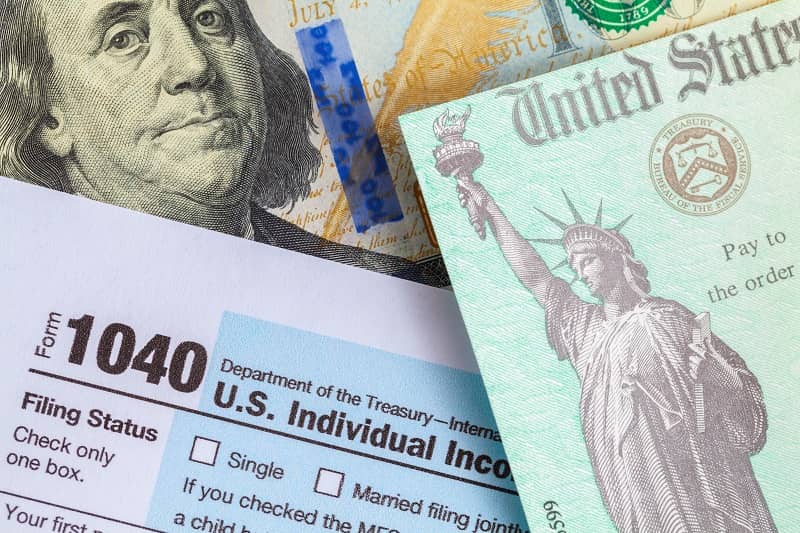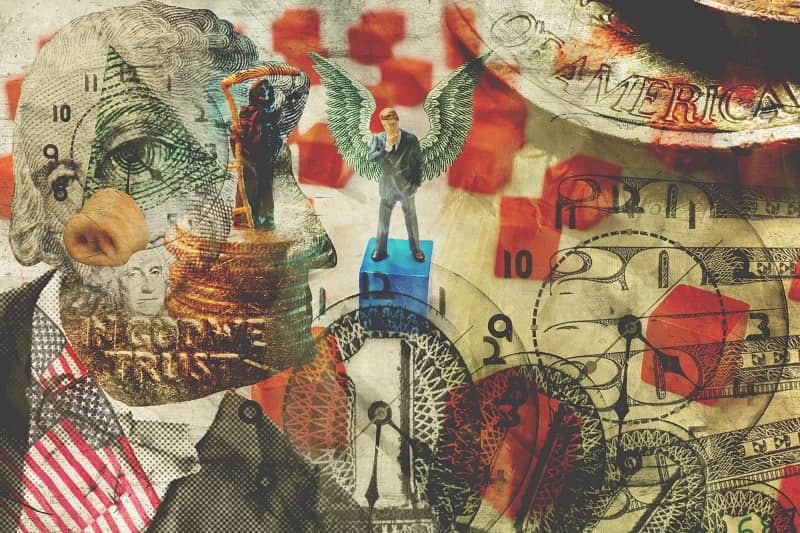We’ve all heard the adage that government should run like a business. The problem is that it really can’t. Briefly, here are some of the reasons why:
- By its very nature, government is often a monopoly provider of whatever services it performs. Business, on the other hand, is subject to intense competition in a free marketplace.
- Government can afford to deliver sub-par service because it prohibits others from entering its market. This doesn’t mean that government employees want to deliver poor service, just that there is often no penalty when they do so.
- Government leaders have less incentive to eliminate waste in their operations because they have a captive revenue stream. Business leaders know that customers can pick up and leave, reducing the firm’s income at any time.
- Government’s “customers” have to pay for what the majority wants, while in a marketplace individual customers decide what they will pay for, no matter what others want.
None of these reasons imply that business owners are somehow nobler than government leaders. They simply must be more responsive to individual customers, and they must innovate and control costs in order to survive. Government leaders need only satisfy the majority of their “customers” because the minority, in effect, can’t easily take their business elsewhere.
Even faced with such obstacles, to their credit many government officials still try to operate in a more businesslike manner. A lecture hall full of such public servants spent a Saturday back in 1992 at Portland State University listening to an author of the book Reinventing Government try to help them out. Among other assumptions, the book postulated that government could become more efficient if it simply acted more entrepreneurial and less bureaucratic. This sounded good, until one realized that the authors may be confused about at least one key concept.
Co-author Ted Gaebler first asked his public employee audience to think more like profit-seeking capitalists so as to meet the needs of their constituents. However, later he explained that government might be able to do things more cheaply than the private sector because it doesn’t have to earn a profit.
So which is it? Is profit an indicator that you’re satisfying constituent demand, or is it a burden that raises prices on consumers?
Economists will tell you that in a competitive environment, profit is a signal that you’re meeting your customers’ needs. Profit actually can decrease prices, in part because profitable businesses can invest some of their profit into more efficient means of production.
The profit motive is often a key driving force for entrepreneurs who jump into a business because they see an unmet consumer need. They know that unless they can provide better, cheaper goods and services than their competitors, they won’t attract enough customers to cover costs, let alone earn a profit.
One clear example of the profit motive benefitting consumers is what happened when Wal-Mart launched an aggressive program in 2007 offering 30-day supplies of common generic drugs for just $4. Soon, Fred Meyer, Safeway, Walgreens, and others retailers decided to match that low price rather than risk losing customers to a competitor. Each of these big chains is a for-profit company. Yet, each realized that to make profits in health care, they needed to offer something that would attract and retain customers.
Taking the profit out of that health care segment wouldn’t have done anything to significantly reduce prices and save customers billions of dollars over the last five or six years. Who believes that government-centralized drug purchasing, or price controls, would have dropped monthly prescription prices down to just $4 each?
The “profit motive is bad” fallacy is just that―a fallacy.
While government can’t employ the profit motive directly, it can do so indirectly by contracting out some functions to profit-seeking enterprises. When done correctly, contracting out can allow profit to become a signal of citizen satisfaction in public services and can reduce the cost of those services.
Of course, contracting out public services doesn’t guarantee good service and taxpayer savings. Private firms can make mistakes just as governments do. They sometimes fail to meet customer needs, and sometimes they break the law and cheat their customers. But unlike government, most poorly run firms either go out of business as customers flee or change their ways to retain them. To flee a poorly run government, most of the time we have to pick up our family and move to another city, county, or state.
Finally, even if we agree that business should try to maximize revenue and profits, that should not be government’s primary goal. Rather than maximize revenue, government should maximize individual and economic liberty. In today’s modern world, it can only do that by reducing its size and scope.
For example, our Founding Fathers envisioned a government that would protect our lives, liberty, and property. It was not designed to provide our alcohol (OLCC), jobs (picking winners and losers in the marketplace), and entertainment (Oregon Lottery). Getting Oregon’s state, county, and local governments out of these services does not follow a business model; it follows a liberty model.
We can ask no more of our government leaders than that they protect our rights and otherwise leave us alone to pursue our own interests. That is the American way.
Steve Buckstein is Founder and Senior Policy Analyst at Cascade Policy Institute, Oregon’s free market public policy research organization.











